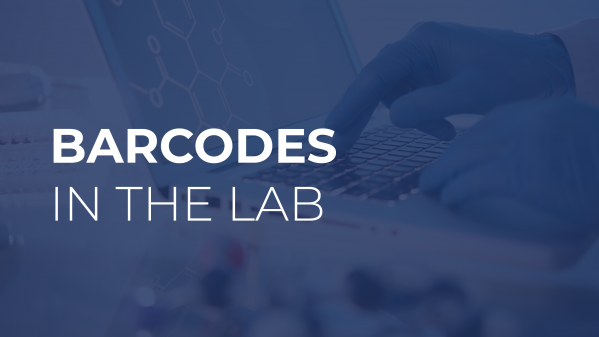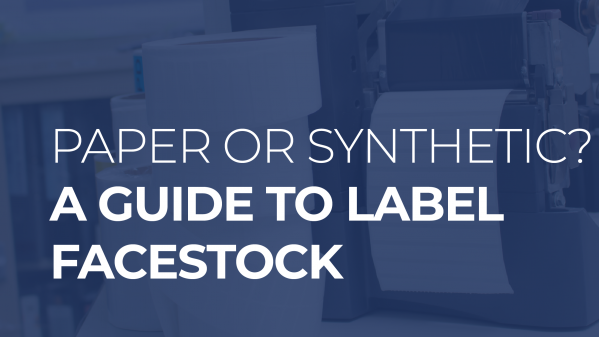cryogenic labels
-
Laboratory Labels: What Material is Best?
Laboratory Labels: What Material is Best? Not every label is suitable for laboratory use. Extreme temperatures alone are enough to cause some labels to peel off. And only the most robust materials can withstand xylene, acetone, and other chemicals used during lab work. In general, the hazards labels face in the lab can be broken down into three categories: high... -
Barcodes in the Lab
Barcodes in the Lab Barcodes are synonymous with specimen labeling accuracy. Barcoding systems are four times less likely to produce errors than manual entry methods. 1 Because of this, barcodes are more common in laboratories now than ever before. Specialized barcode systems help improve every aspect of the laboratory workflow. Whether you're looking to improve your laboratory management system or... -
Paper or Synthetic? A guide to Label Facestock
Paper or Synthetic? A Guide to Label Facestock What is Facestock? Facestock is the material that holds ink on one side and adhesive on the other, making it the core of any label construction. Just as there are a variety of label adhesives, facestocks come in a range of materials. Understanding the differences and advantages of these materials is critical... -
Direct Thermal Vs Thermal Transfer [Infographic]
Direct Thermal Vs Thermal Transfer See the infographic at the bottom of this article. If you’re reading this , you’re probably on the hunt for a labeling solution. Navigating the vast ocean of options can leave you feel like your drowning in information. Looking for a lifeline? Here’s a quick summary of what you need to know about direct thermal... -
8 Types of Label Adhesives [Infographic]
8 Types of Label Adhesives See the infographic at the bottom of this article. We’ve all had those situations. Maybe you had to scour a buyer’s guide off the window of a car at your dealership. Or maybe you once spent the night labeling inventory only to discover the labels curling up the next morning. Clearly you need different label...



![Direct Thermal Vs Thermal Transfer [Infographic]](https://mada.dasco.com/media/wordpress/8970d99400dcbcb87343970c85f70441.png)
![8 Types of Label Adhesives [Infographic]](https://mada.dasco.com/media/wordpress/1f9a73d88a684b477f8b3c76ece296c8.png)